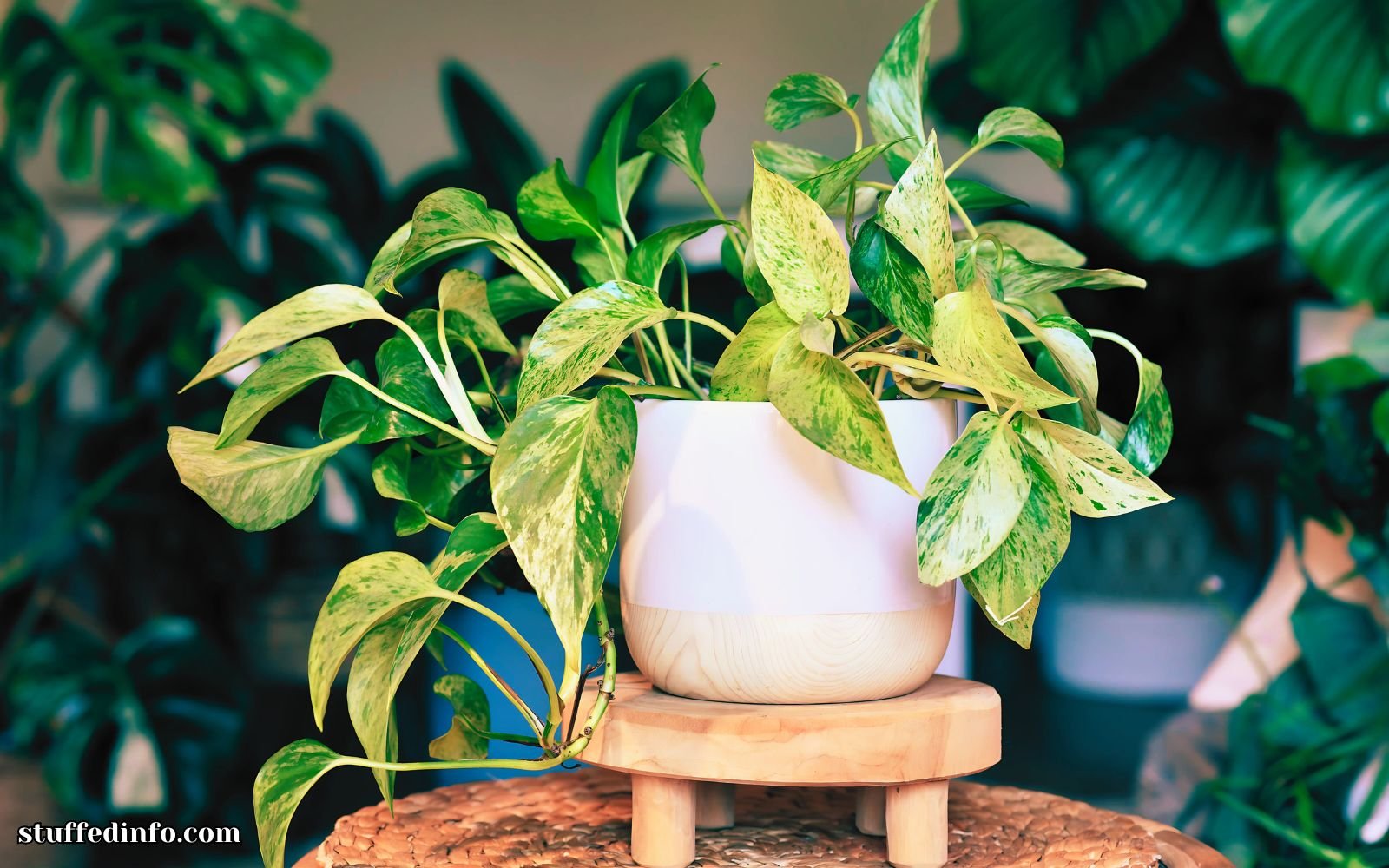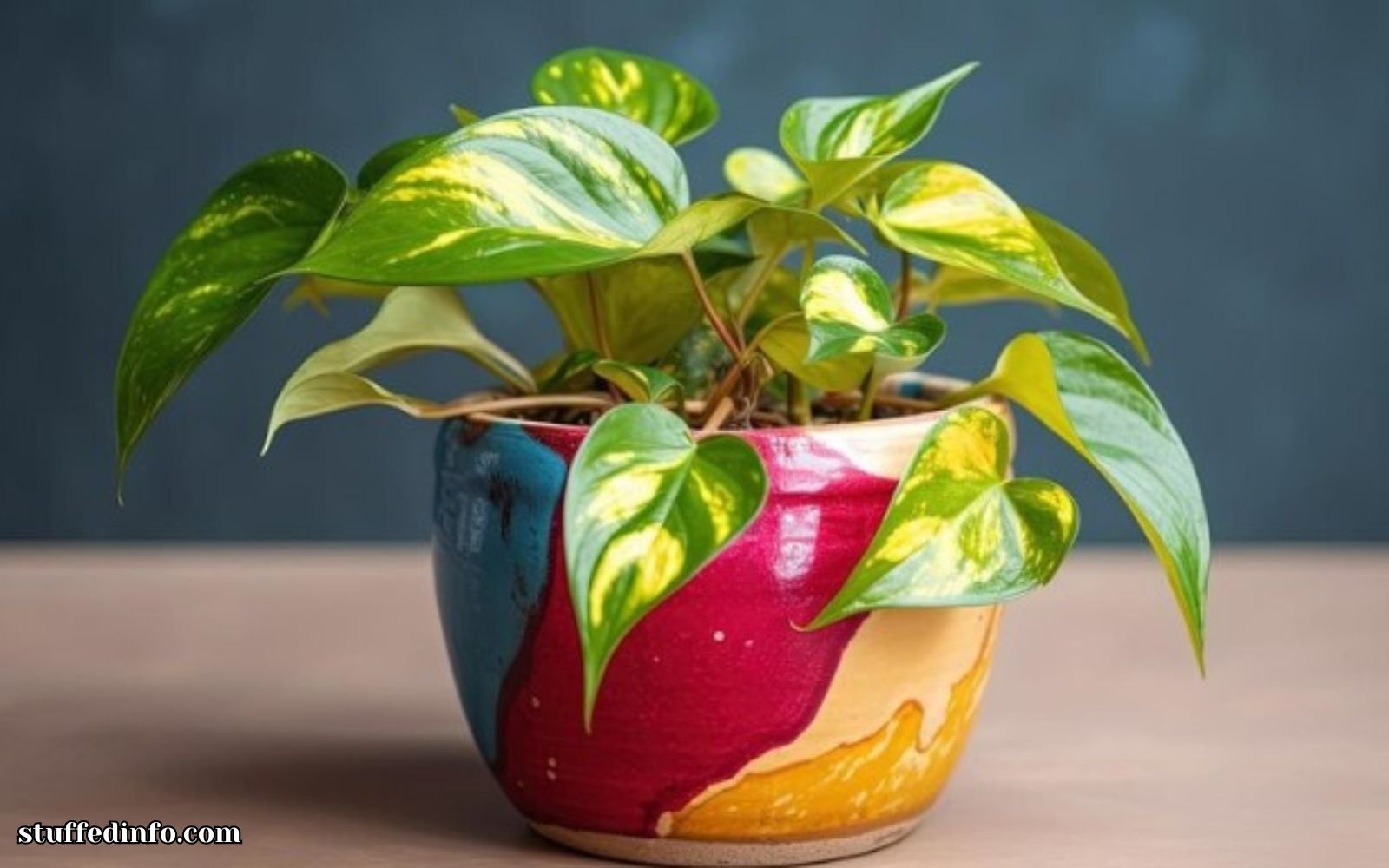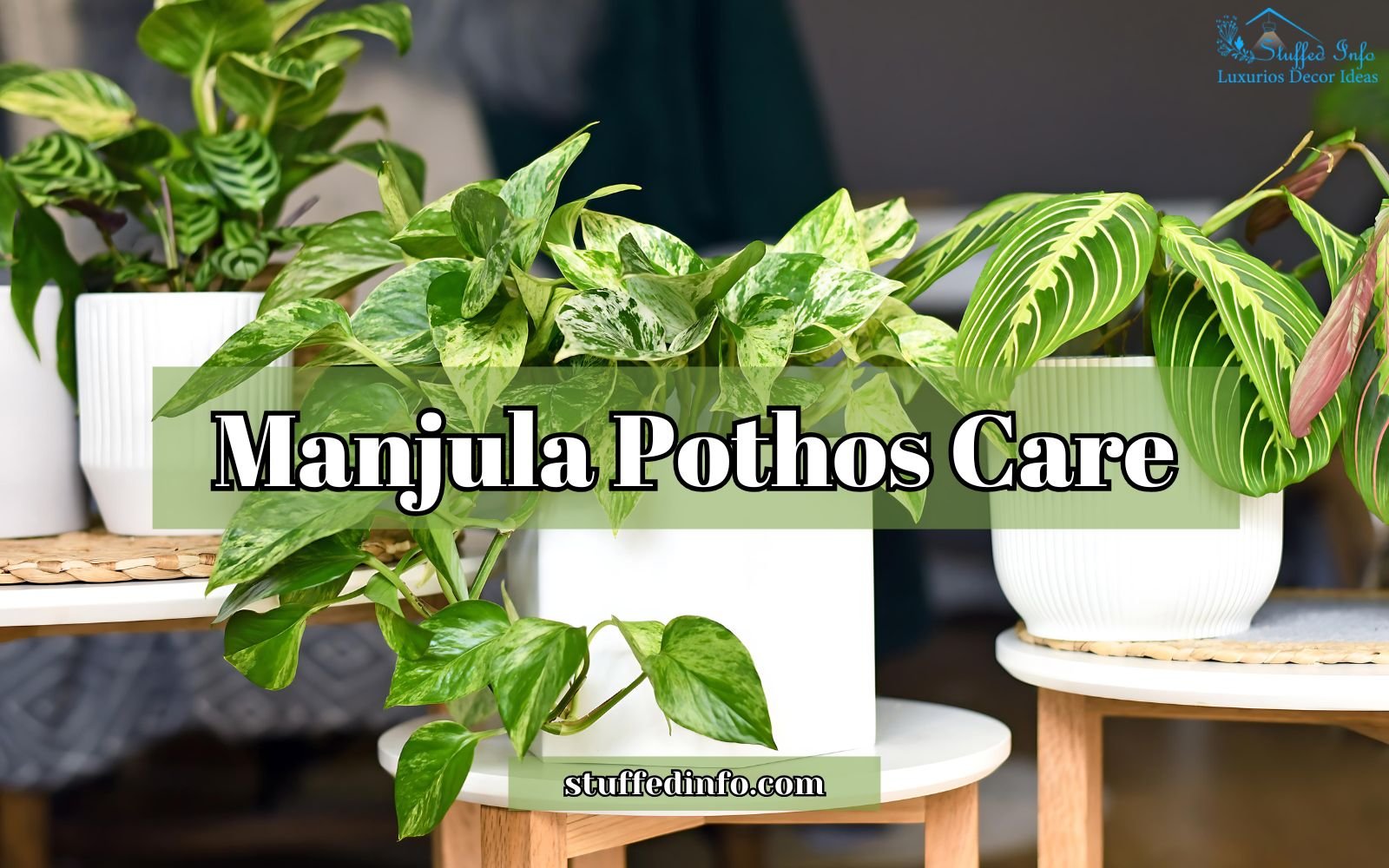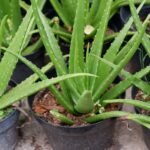Are you a plant lover, home gardener, or interior designer looking for an indoor showy plant that’s low maintenance? Then look at the Manjula Pothos—a showy beauty with unique variegation and heart-shaped leaves that appeal to any space.
This article deals with some reasons why Manjula Pothos is the ultimate showstopper of interior plants and how to take proper care of it inside your home.
- Discover the beautiful, amazing variegation of the Manjula Pothos—brilliant green beauty capable of transforming every room into an oasis.
- Add style and life to your indoor space with the beautiful heart-shaped leaves of the Pothos Manjula.
- Be easily pleased with effortless plant care through Manjula Pothos, whether you’re a beginner or an experienced enthusiast when it comes to low-maintenance greenery.
- Manjula Pothos keeps the air quality of your home pure by filtering toxic substances out of indoor spaces.
- Get to know how to provide the best lighting and watering techniques to grow your Manjula Pothos with lush growth and vibrant foliage.
- It ensures a humidity-friendly environment for your Manjula Pothos, using very simple tools to maintain optimal conditions for growing healthy plants.
- Methods of fertilization for health and beauty—improve the appearance of your Manjula pothos with constant verdant growth.
- Join in as part of a plant community, workshops, and newsletter, trying out the hints and experiences gathered on your indoor gardening journey.
Table of Contents
ToggleWhat makes Manjula Pothos special?
Manjula Pothos (Epipremnum aureum ‘Manjula’) This is a cultivar of the popular pothos family known for its striking leaves showing a combination of white, green, and cream hues.
It ranks among the favorites among plant lovers and interior decorators because it adds a touch of true elegance to any room.

A Closer Look at the Manjula Pothos Family
| Sl. No. | Characteristic | Details |
|
1 |
Plant Family | Araceae |
|
2 |
Common Name | Manjula Pothos |
|
3 |
Scientific Name | Epipremnum aureum ‘Manjula’ |
|
4 |
Variegation | White, Green, Cream |
|
5 |
Leaf Shape | Heart-shaped |
|
6 |
Growth Habit | Trailing vines, suitable for hanging baskets or climbing supports |
|
7 |
Light Requirements | Bright, indirect light; adaptable to lower light conditions |
|
8 |
Watering Needs | Allow the top 2-3 inches of soil to dry out between waterings |
|
9 |
Soil Type | Well-draining potting mix with added perlite or orchid bark for drainage |
|
10 |
Temperature | Thrives in standard household temperatures |
|
11 |
Humidity | Prefers higher humidity; benefits from misting or a nearby humidifier |
|
12 |
Fertilization | Monthly during the growing season with balanced liquid fertilizer |
|
13 |
Pest Resistance | Watch for spider mites and mealybugs; treat with neem oil if necessary |
The Manjula Pothos comes from the Araceae family, some of which are as well known as the popular varieties of pothos such as the Golden Pothos and the Marble Queen. But what sets the Manjula apart is its variegation—patchy rather than streaky, turning every leaf into a bit of an art piece.
Why Choose Pothos Manjula?
Pothos Manjula is an ideal houseplant, a true masterpiece of beauty and simplicity through its stunningly variegated leaves. Low-maintenance, the plant thrives under multiple lighting conditions, giving any space a fresh touch of vibrant, lively ambiance.
- Low Maintenance Charm
One of the reasons why plant lovers are so fond of Manjula pothos is that they don’t require a lot of maintenance. This means that the perfect green for those green-thumbed folks who wish for a touch of green without the worry of constant care is obtained with Manjula Pothos. One of the good things about it is that it forgives its owner in case of a lack of watering. It also survives in various lighting conditions, which means you can let it survive anywhere, even when you are busy.

- Versatile Decor Element
Whether you want to redecorate your home office or jazz up your living room, the Manjula Pothos will fit the bill.
As can be imagined, the trailing vines are great in hanging baskets and make a statement on shelves or countertops with their striking leaves. This makes for versatility in interior design.
- Air Purifying Abilities
The Manjula Pothos, for its own part, contributes to a healthier indoor environment. Beyond aesthetic qualities, it purifies the air. Like other pothos relatives, it is effective in removing the kinds of toxic substances that are common within the home.
Manjula Pothos Care Guide
Manjula pothos is an easy-care plant, perfect both for a newcomer and a seasoned plant enthusiast. It thrives in virtually any lighting condition and needs little to no maintenance for great flowing beauty with minimal effort.
- Light Requirements
Manjula Pothos prefers bright indirect light but can tolerate lower light conditions. Avoid direct sun, as this can burn its leaves. If it will not be exposed to natural light, then add some grow lights to its habitat to improve the setting.
- Watering Tips
Allow the top 2-3 inches of soil to dry out before watering. Over-watering is a condition that causes root rot, so be careful in finding just that right balance. If you are unsure, simply stick your finger in there and get a feel for its moisture.
- Soil and Potting
Manjula Pothos prefers a well-draining potting mix. You may add perlite or orchid bark to your regular potting soil to achieve this requirement. Repot in a container that has holes on the bottom so you will not experience the waterlogging of your roots.
- Temperature and Humidity
Tropical plants tend to prefer standard household temperatures, but this makes it even more moist. You may need a humidifier nearby or regular misting to mimic the conditions in its natural habitat.
- Fertilization Routine
Feed your Manjula Pothos monthly during the growing season with a balanced liquid fertilizer. This will encourage healthy growth and retain its vibrant variation.
Troubleshooting Common Issues
The below lines give you on solution-oriented advice with care when planting so that dealing with difficulties and getting easier to keep your plants healthy and well-looking. Find clear guidance and tips on how to work with a problem with greater confidence.
- Yellowing Leaves
The yellowing of the leaves shows too much water or it is not getting sufficient light. Change your watering schedule, and if it needs more light, then move it to a brighter place.
- Brown Leaf Tips
Brown tips are generally caused by low humidity or under-watering. Add some moisture around the plant and water the plant properly also.
- Pest Control
Watch for the appearance of those recurrent pests, spider mites, and mealybugs. Inspect the plant often and control infestation as necessary with neem oil or insecticidal soap.
Conclusion
Manjula Pothos is more than a plant—it’s a living masterpiece that would evoke beautiful versatility and wellness in your space. Whether it is your first plant journey or a seasoned plant enthusiast, this great variety of pothos is sure to capture your heart.
Ready to be amazed by the Manjula Pothos in your house? Browse our collection of expert tips and tricks to keep your plant thriving. For personalized advice and exclusive access to our plant-loving community, sign up for our newsletter or join our free online workshops. Get planting!
FAQs
1. What are the kind of light conditions Manjula Pothos prefers?
Ans: They love bright indirect light but may tolerate lower-light environments.
2. How often should I water my Pothos Manjula?
Ans: Allow the top 2-3 inches of soil to dry completely before watering again
3. Does Manjula Pothos purify indoor air?
Ans: Yes. Manjula Pothos removes harmful toxins from the air
4. What is the ideal temperature for Manjula Pothos?
Ans: They like average household temperatures ranging from 65-85°F (18-29°C).
5. How do I control pests on my Manjula pothos?
Ans: You need to check for spider mites and then use neem oil if you find any.







